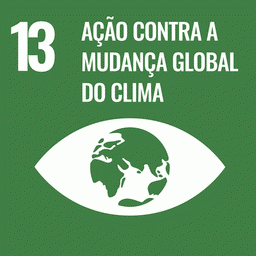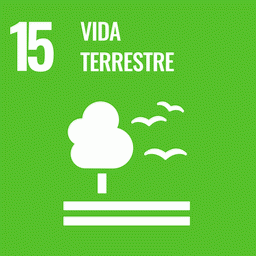Smoke particulate matter emitted by fires in the Amazon Basin poses a threat to human health. Past research on this threat has mainly focused on the health impacts on countries as a whole or has relied on hospital admission data to quantify the health response. Such analyses do not capture the impact on people living in Indigenous territories close to the fires and who often lack access to medical care and may not show up at hospitals. Here we quantify the premature mortality due to smoke exposure of people living in Indigenous territories across the Amazon Basin. We use the atmospheric chemistry transport model GEOS-Chem to simulate PM2.5 from fires and other sources, and we apply a recently updated concentration dose-response function. We estimate that smoke from fires in South America accounted for ∼12 000 premature deaths each year from 2014–2019 across the continent, with about ∼230 of these deaths occurring in Indigenous lands. Put another way, smoke exposure accounts for 2 premature deaths per 100 000 people per year across South America, but 4 premature deaths per 100 000 people in the Indigenous territories. Bolivia and Brazil represent hotspots of smoke exposure and deaths in Indigenous territories in these countries are 9 and 12 per 100 000 people, respectively. Our analysis shows that smoke PM2.5 from fires has a detrimental effect on human health across South America, with a disproportionate impact on people living in Indigenous territories.
Anexos TDR nº 38/2019.72542
Acesse aqui os anexos do Termo de Referência nº 38/2019.72542 referente a construção de infocentros em Santarém.

